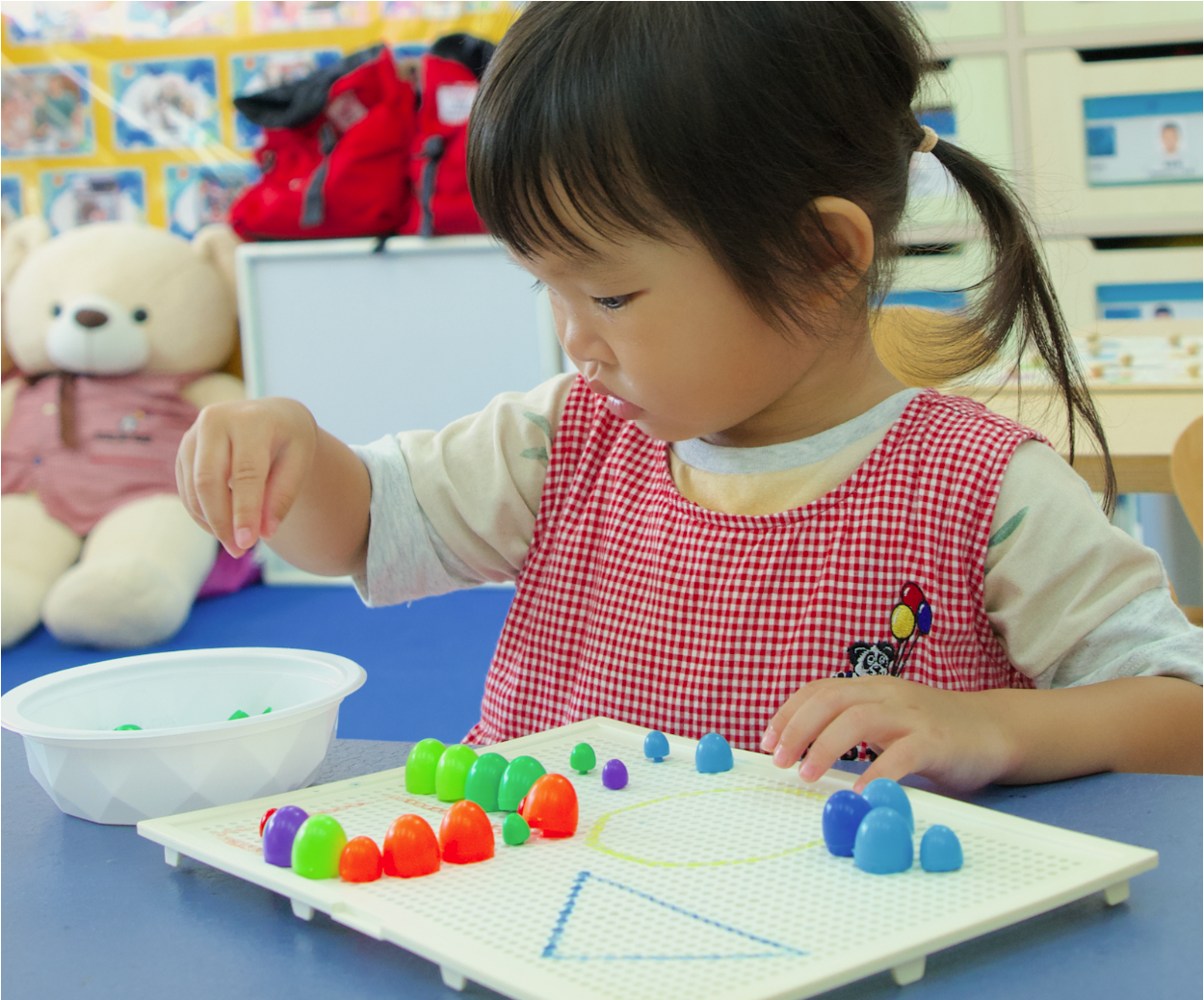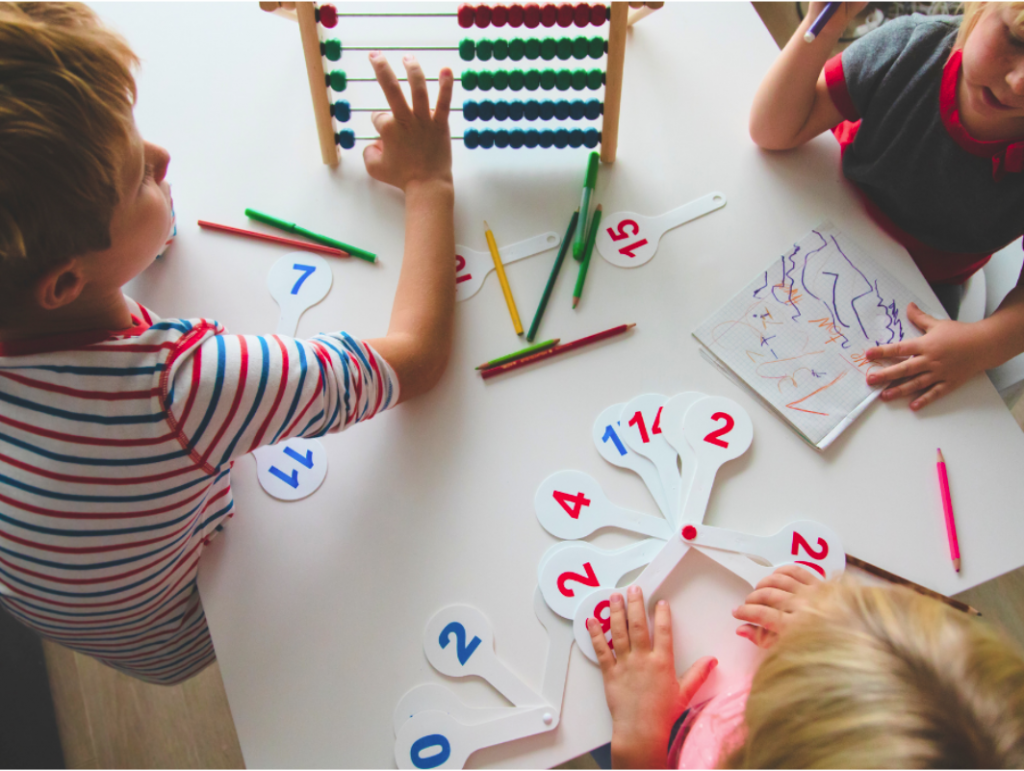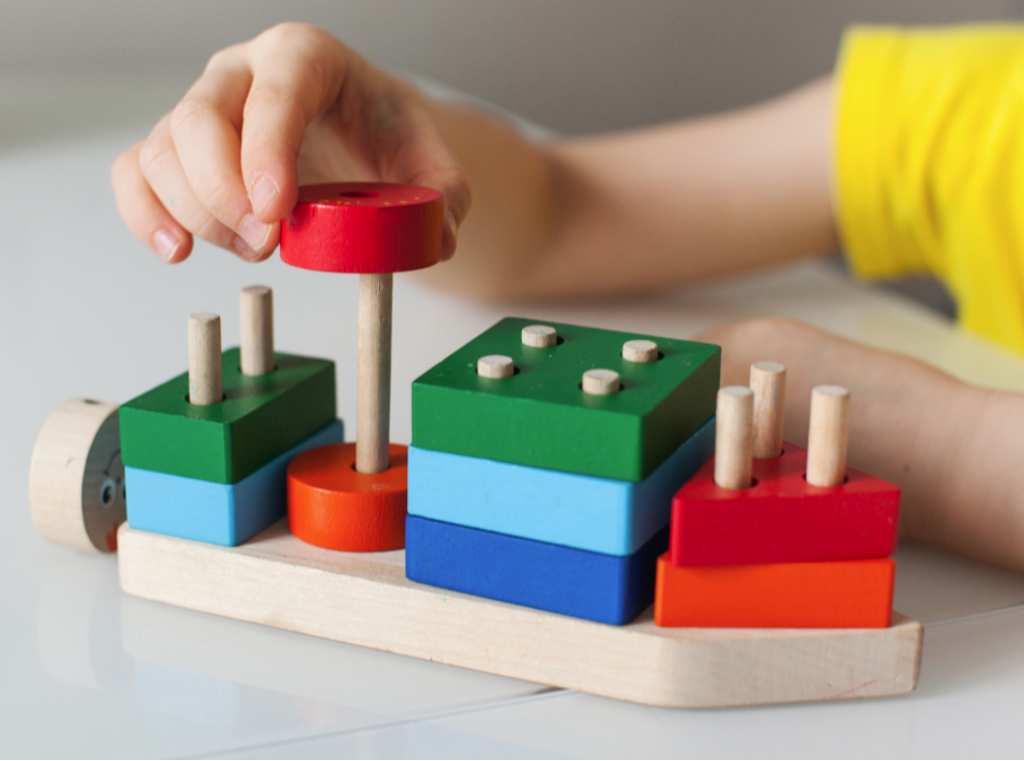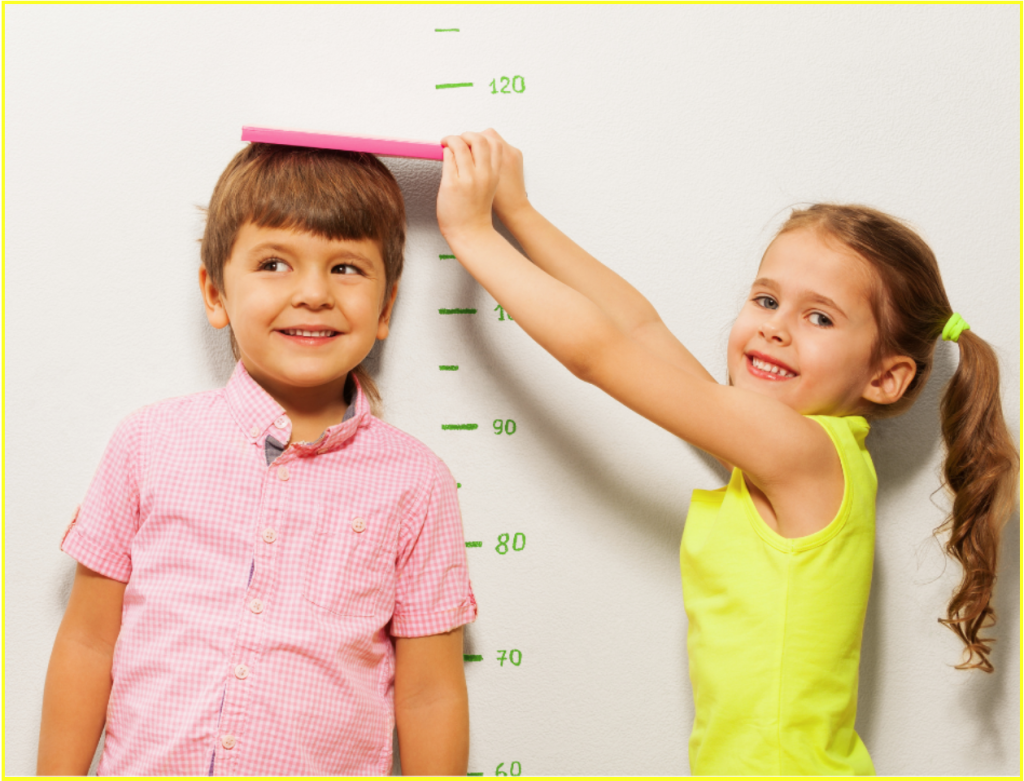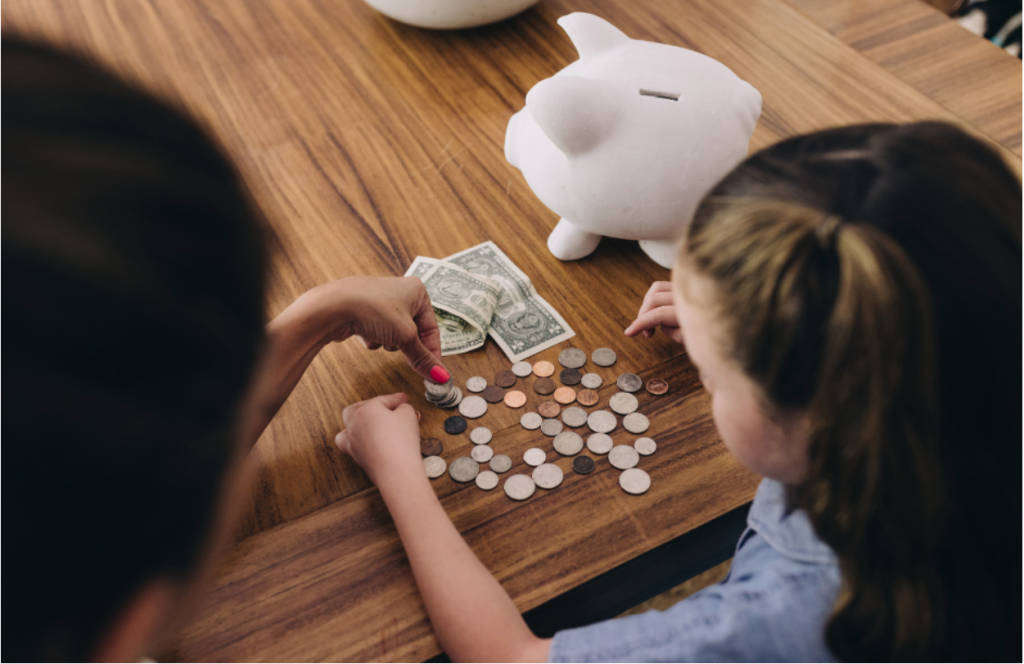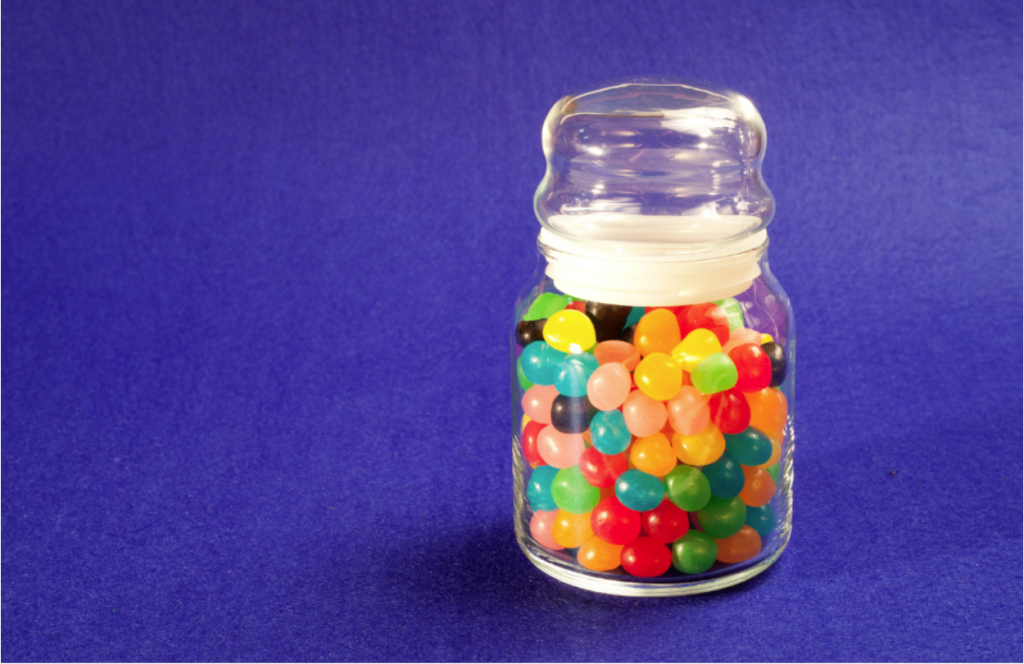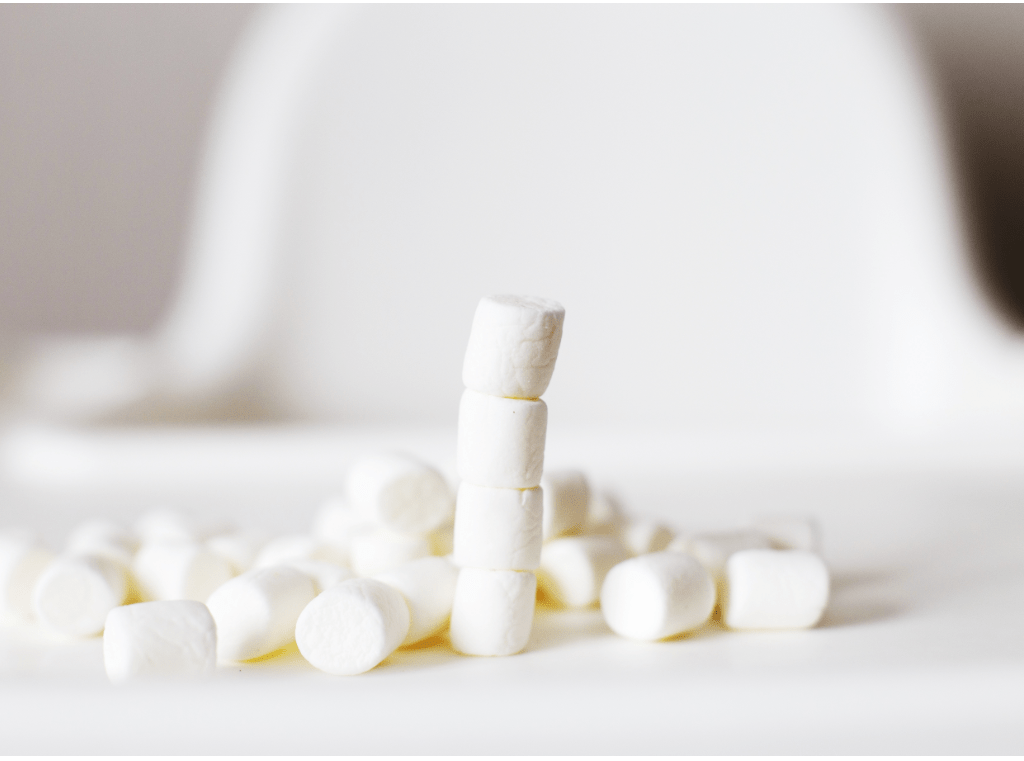When we think of math, we think of arithmetics, multiplication tables and so on, but learning math actually starts much earlier than that. Children are exposed to math concepts the moment they are born. When they grab a building block, they can explore its shape and size with their hands and mouth. When they pick up an object, they can feel whether it is heavier or lighter than another object. In preschool, children start to learn more concrete skills like number recognition, shapes, counting, and so on. Knowing age-appropriate and fun math activity ideas can go a long way in improving your child’s math skills outside the classroom.
Why is math important in early learning?
Developing numeracy skills at an early age provides a strong foundation for future academic challenges and overall development. Having these skills equip your child to tackle challenges beyond just the realm of mathematics, but also in daily life.
Cognitive development
Mathematics helps develop critical thinking, problem-solving, and reasoning skills. Early mathematics encourages children to take a logical and analytical approach to solving problems, and enhances their ability to recognize and understand patterns.
Strong foundation for future learning
Learning mathematics is a lot like learning to read and write. Children first need to understand mathematical concepts and how they relate to real-life. Then, they need to know the building blocks of mathematics – numbers. Only then can they begin to learn more complex mathematical concepts like arithmetics.
Real-life applications
We use mathematics every day, whether we realize it or not. When we buy groceries, we need to calculate how much to pay. When we bake a cake, we need to measure each ingredient. When we create our schedules, we need to figure out how much time each task will take. Having a strong foundation will help your child apply math in other aspects of their life.
Kindergarten math skills and concepts
Math in kindergarten programs focuses on building a strong number sense, developing mathematical thinking, and laying the foundation for more complex math concepts. At first, children will need to be comfortable with recognizing numbers and counting up to 10. To do so, they will also need to understand one-to-one correspondence – the idea that each object in a set should only be counted once. Children will then learn basic arithmetics like addition and subtraction using manipulatives so they can visualize what is going on. They will also get comfortable with basic geometry, patterns and sequences, and measurements. These skills will prepare them holistically for further math education.
15 Playful kindergarten math activities
Contrary to popular belief, math activities don’t always have to involve sitting down and doing worksheets. Here are some fun activity ideas that you can easily set up at home!
Shape Scavenger
Choose a shape to focus on (for example: circle). Tell your child to race you to find all the circular objects at home. Give yourselves a few minutes and gather all the objects you find in a pile. You can intentionally grab objects that are not the right shape and ask your child what shape they are. You can then count together to see who gathered the most correct objects. This activity works on shape recognition and counting.
Make a Number Collage
Grab some old newspapers and magazines, along with child-safe scissors, glue, and paper. Have your child search for specific numbers or a range of numbers and cut them out. Stick them onto the paper to create a number collage. You can add other requirements like finding objects of certain shapes or colors to add more variety. This activity works on number and shape recognition skills.
Pattern Building
Use colored blocks or objects for this activity. Start a pattern using the blocks. For example, you can create a red-blue-red-blue pattern. Then, ask your child to continue the pattern. You can make this harder or easier depending on the complexity of the pattern. You can also ask your child to create their own repeating pattern. This activity works on pattern recognition skills.
Measuring Objects
Give your child a measuring tape or ruler, and give them several objects of different sizes. Have them measure each object (choose whether to measure length, width or height) and write the answers on a piece of paper. Then, they can later compare their measurements to see which object is the longest, shortest, widest, tallest etc. They can also line the objects up according to their size in ascending or descending order. This activity works on number recognition, measuring, and math comparison concepts.
Daily Routines
Start to plan out daily routines and assign a time to each activity. For example, if you agree to spend 15 minutes playing, set a timer together. Do this for each activity or task. This activity works on recognizing time and understanding routines.
Cooking and Baking
Find an easy recipe and involve your child in the cooking or baking process. For example, have them measure out the ingredients, weigh things, mix them together, use the timer and so on. Enjoy the final product together as a reward. This activity works on measuring, fractions, and counting skills.
Pretend Play with Money
At this age, your child will begin to enjoy pretend play. Prepare some play money and pretend that you are shopping together at a grocery store. Assign a monetary value to each item and once you’ve picked out what you want to buy, go to the cashier to pay for it. Let your child calculate how much to pay. You can make this activity easier or harder using different denominations of money. This activity works on counting and simple arithmetics.
Make a Chart
Create a chart with your child. On the X axis, you can ask your child to write their favorite snacks, colors, toys or anything else. On the Y axis, you can put the numbers 1 to 5 from least favorite to favorite. Ask your child to draw the bars to represent how much they like each thing. This activity works on graphing skills.
Number Hop
Tape a line of numbers on the floor from 1 to 10. Call out a number and have your child hop to that number. You can make it more challenging by giving them simple addition and subtraction questions and asking them to hop to the right answer. This activity works on number recognition and arithmetic skills.
Estimation Jar
Fill a jar with small objects like buttons, candy, or small toys. Ask your child to guess how many items are in the jar without actually counting them. You can make a guess too. Then, pour the items out and count them together. See who’s guess was closer. This activity works on estimation skills, counting, and understanding concepts like ‘few’ and ‘many’.
How Many are Gone?
Find 5 of the same objects for this activity. Place all 5 objects on the table and ask your child to close their eyes. Remove 1-4 of the objects and ask your child to open their eyes. How many are gone? Count the remaining objects, and have them tell you how many you took away. You can also do this and add objects. This activity works on simple addition and subtraction.
Measurement Scavenger
Choose an object to be your comparison object. Then, ask your child to look for objects around your home that are longer, shorter, heavier, lighter, bigger, smaller etc. than your chosen object. They can then compare each object against the chosen object, and they can also order the objects based on the given attribute. This activity works on estimation and sequencing skills.
Marshmallow Tower
Marshmallow Tower Give your child some marshmallows and toothpicks, and ask them to construct the tallest tower without it toppling over. See how creative they can get with their structures. This activity works on engineering and physics skills.
Nature Walk
Bring a pencil and paper out on your next walk. Create a list of things your child might see outdoors and have them tally it each time they see something on the list. At the end, you can count how many of each thing you saw together. This activity works on counting skills.
Number Toss
Prepare some soft toys or balls and a basket. Write a number on a piece of paper and stick it on the basket. Toss the corresponding number of toys into the basket. Count only the ones that land inside. This activity works on counting and motor skills.
Conclusion
At this age, there are many opportunities to practice mathematical skills in a fun and hands-on way. Even something as simple as counting the number of apples in your shopping cart also helps to bolster early understanding of mathematical concepts. But of course, if you have the chance, you can set up these activities at home and try them with your child. Doing these kinds of activities will help develop strong problem-solving, analytical, and logical thinking skills, while preparing your child for their future academics.
